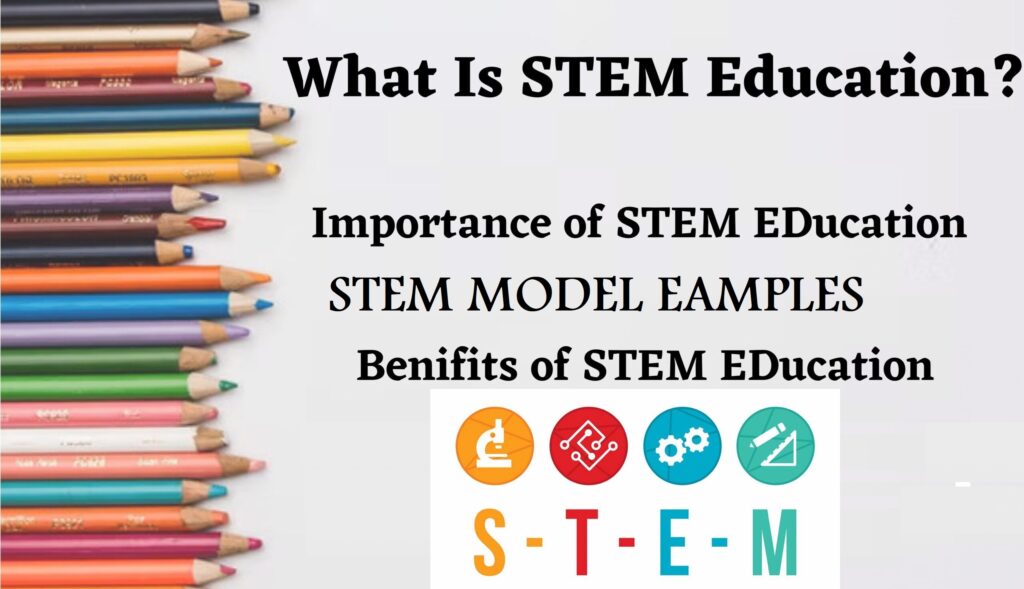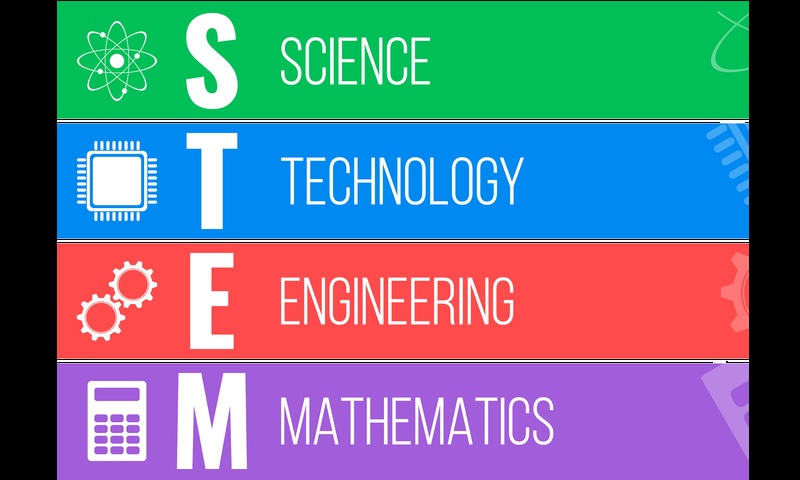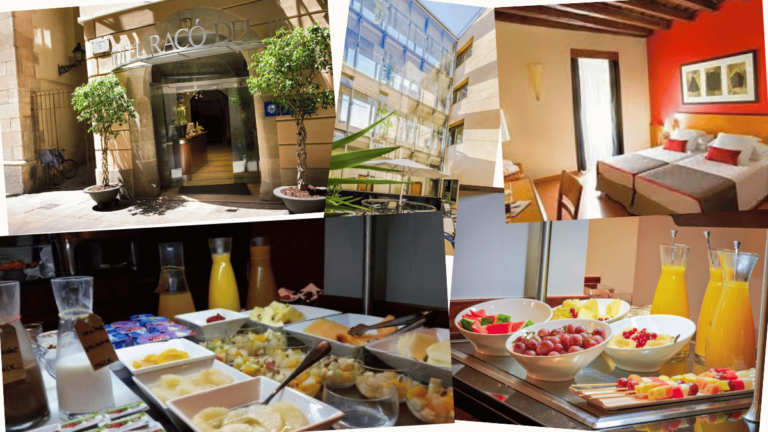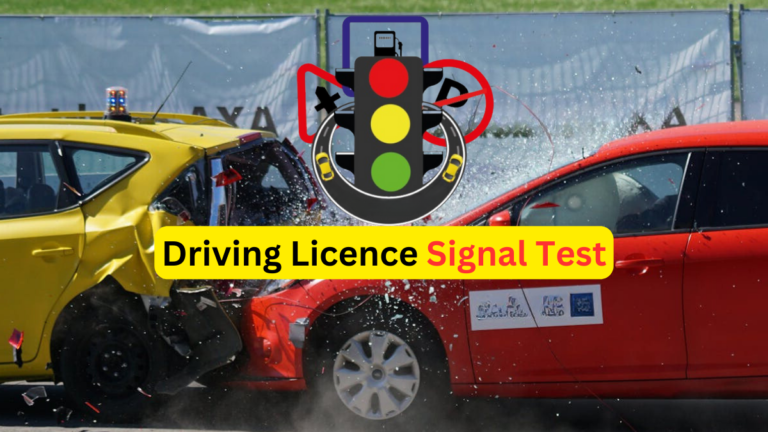
What is STEM Education
What is STEM Education?
STEM is an interdisciplinary and inquiry-based approach towards education. It has a particular focus on educating students in four specific disciplines science, technology, engineering, and mathematics. STEM education integrates concepts that are usually taught as separate subjects. These subjects are taught in different classes and emphasizes the application of knowledge to real-life situations. A lesson or unit in a STEM class is typically based around finding a solution to a real-world problem. This education tends to emphasize project-based learning. You would be able to see STEM COMPETITION MODEL EXAMPLES at end of this article.
What Does STEM stands for?
Full form of STEM:
“S” stands for Science. “T” stands for Technology. “E” stands for Engineering. “M” stands for Mathematics.

Why is STEM Education Important?
In Pakistan, the test scores in math and science are one of the lowest among all subjects. PEC’s 2019 report shows that of the more than a million students who took the exam at Grade 8 level. Their average score in science was 52%. While ASER’S 2019 report shows that even by Grade 10, 27% of students cannot do 2-digit division. This shows much potential for improvement in STEM in Pakistan.
You can download free textbook and handbooks.
The global economy is changing. The current jobs are disappearing due to automation and new jobs are emerging every day because of technological advances. The continual advances in technology are changing the way students learn, connect, and interact every day. Skills developed by students through STEM provide them with the foundation to succeed at school and beyond.
Employer demand for STEM qualifications and skills is high and will continue to increase in the future. If students are not equipped with these skills in schools today; they will not be able to compete in the job market. Which is causing decline in the economic prospects of Pakistan. Please click here to read STEM COMPETITION MODEL EXAMPLES.
Studying STEM subjects with hands-on approach has the following benefits:
- Fosters ingenuity and creativity
- Builds resilience by allowing safe spaces for trial and error
- It encourages experimentation
- Students learn Encourages teamwork
- Also, it Encourages knowledge application
- Encourages tech use
- Teaches problem-solving
- Encourages adaption
What is STEM Competition?
The STEM Competition will engage students, teachers, and parents in STEM activities. These activities can be done at home/school, and increase their knowledge and interest in these subjects. It will also promote hands-on learning and curiosity among schools/districts and spark innovation. Moreover; it will create a directory of ‘Super Scientists’ who will be STEM champions in their respective districts, and the province. This Competition is intended to cover only one aspect of the approved STEM strategy of the School Education Department. With a particular focus on science; this Competition will help schools and districts to initiate a process of implementing the STEM strategy.
There will be three rounds of the competition; first of which will be the district round followed by the divisional round and then the provincial round. The district round will invite all public schools in respective districts to participate in the STEM Competition. Each Public Primary, Elementary and High school will participate. All will be mandated to submit minimum of 1 entry and a maximum of 3 entries.
The entries for the competition will be video based. Under 1 minute, the student(s) will explain the STEM based project that he/she has created. Video will be submitted by schools to their respective district focal person; which will then be compiled and delivered to their respective Tehsil and then District Juries. Top innovative projects at each level will be awarded and will go on to compete on the next level.
STEM COMPETITION MODEL EXAMPLES
ACID Rain (Award winning Model) (Click here watch model)
Model Park (Award-winning Model) (Click here watch model)
Model City (Winner Model last year) (Click to watch)
Respiration Model of Lungs (“see the model” at 00:00 seconds)
Global Warming Model (“see the model” at 00:55 seconds)
Filtration (“see the model” at 01:54 seconds)
Triangle and its Types (“see the model” at 03:17 seconds)
Circuit (“see the model” at 04:20 seconds)
Green House Effect (“see the model” at 06:00 seconds)
Water Cycle (Rain) (“see the model” at 11:36 seconds)
Properties of a Circle (“see the model” at 08:36 seconds)
Comets (“see the model” at 14:36 seconds)
Urinary System (“see the model” at 16:16 seconds)
Three Forms of Matter (“see the model” at 17:15 seconds)
Food Chain (“see the model” at 18:23 seconds)
Corona Virus (“see the model” at 19:57 seconds)
Air Pollution (“see the model” at 21:25 seconds)
Water Cycle 2 (“see the model” at 22:22 seconds)
Pollution (“see the model” at 23:27 seconds)
Bar Graph (“see the model” at 24:38 seconds)
Electric Generator (“see the model” at 25:51 seconds)
Viruses (“see the model” at 00:00 seconds)
Math’s Learning Machine (“see the model” at 01:06 seconds)
Human Organs (“see the model” at 02:10 seconds)
Kidney (“see the model” at 03:11 seconds)
Pollution 2 (“see the model” at 04:15 seconds)
Human Body Explained (“see the model“)
More Examples are being added….



